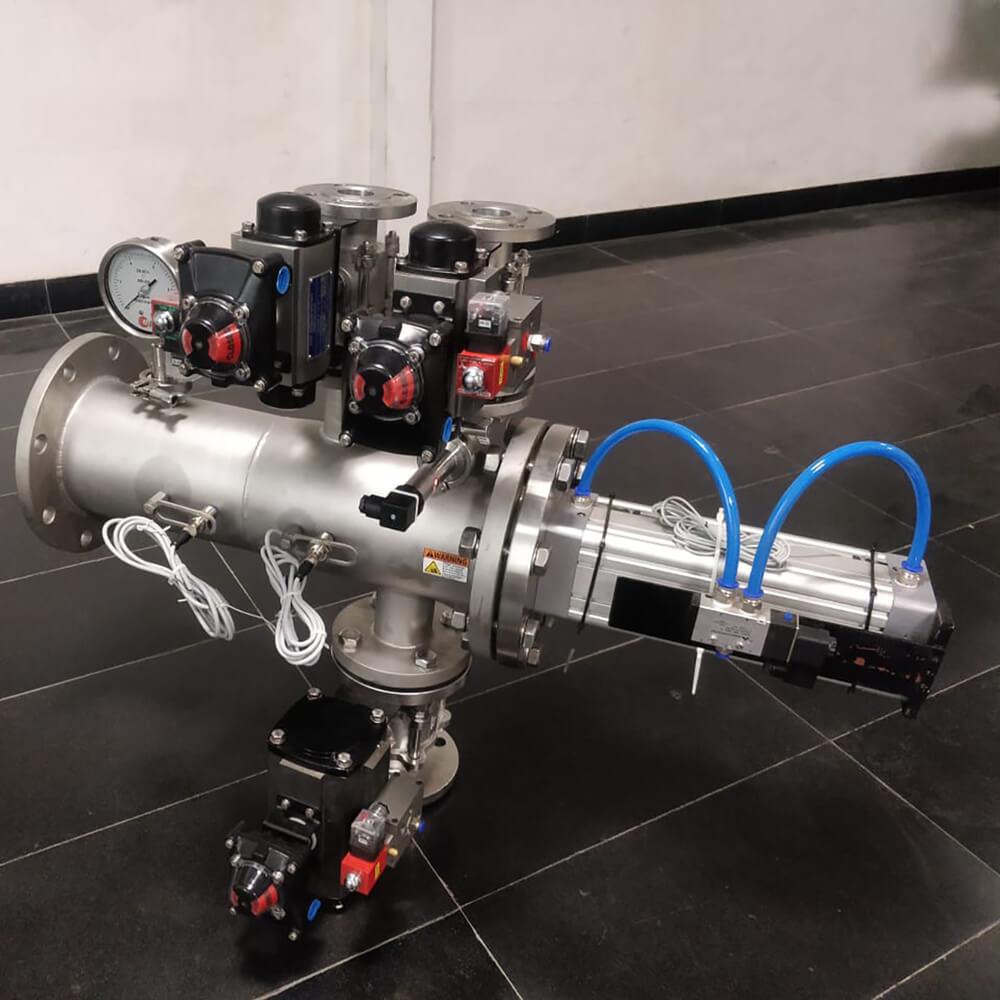Imagine a world where vibrant hues flow seamlessly through pipes, untouched by residue or contamination. A world where color changes happen swiftly, without downtime or wasted paint. In the paint industry, this dream is a reality thanks to the unsung hero – the pigging system.
What is a Pigging System?
Think of a pigging system as a high-tech pipeline scrub brush. It uses specially designed “pigs” – disc-shaped or spherical devices made of materials like foam, polyurethane, or nylon – to scour the insides of pipes. These little travelers remove paint residue, prevent blockages, and ensure pristine conditions for the next batch of color.
Why are Pigging Systems Crucial for Paint?
The paint industry demands precision and purity. Even tiny traces of leftover paint can compromise the quality and consistency of the next batch. Pigging systems address this challenge in several ways:
Enhanced product quality: By removing all traces of the previous paint, pigging systems prevent cross-contamination, ensuring each color meets its exact specifications.
Reduced waste: Leftover paint clinging to pipes is not just messy, it’s a waste of valuable resources. Pigging systems recover this paint, allowing for reuse or proper disposal.
Improved efficiency: Pigging systems minimize downtime between production runs. No more dismantling and manually cleaning pipes – just launch the pig and let it do its magic!
Boosted hygiene: Especially crucial for water-based paints, pigging systems remove bacteria and other contaminants, promoting a hygienic production environment.
Environmental benefits: Reduced waste and water usage, along with lower cleaning chemical needs, make pigging systems an eco-friendly choice.
Pigging in Action:
Pigging systems come in various configurations to suit different needs. Some are permanent fixtures, while others are portable, offering flexibility for smaller operations. The process itself is surprisingly simple:
Launch the pig: The pig is inserted into the pipeline at a designated launch station.
Scouring the way: Propelled by compressed air, liquid, or even the paint itself, the pig travels through the pipe, dislodging and collecting residue.
Piggy’s pit stop: At the receiving station, the pig is captured and the collected residue is disposed of or recycled.
The Future of Pigging:
As the paint industry embraces automation and sustainability, pigging systems are poised to play an even bigger role. Advancements in pig design, automation, and data analysis will further optimize cleaning efficiency and paint quality control.
So, the next time you admire a freshly painted wall, remember the silent hero behind the scenes – the pigging system, ensuring each color flows with precision and purity. It’s a testament to the unseen technologies that keep our world vibrant, one batch of paint at a time.
Beyond the Paint Pail:
While pigging systems for paint industry shine in the paint industry, their applications extend far beyond. From the food and beverage sector to the chemical and oil industries, pigging systems ensure the smooth flow of various liquids, promoting efficiency, hygiene, and environmental responsibility. So, the next time you encounter a gleaming pipeline, remember the potential power of a little pig on a big mission!
I hope this blog post sheds light on the fascinating world of pigging systems and their vital role in keeping the paint industry colorful and sustainable.



